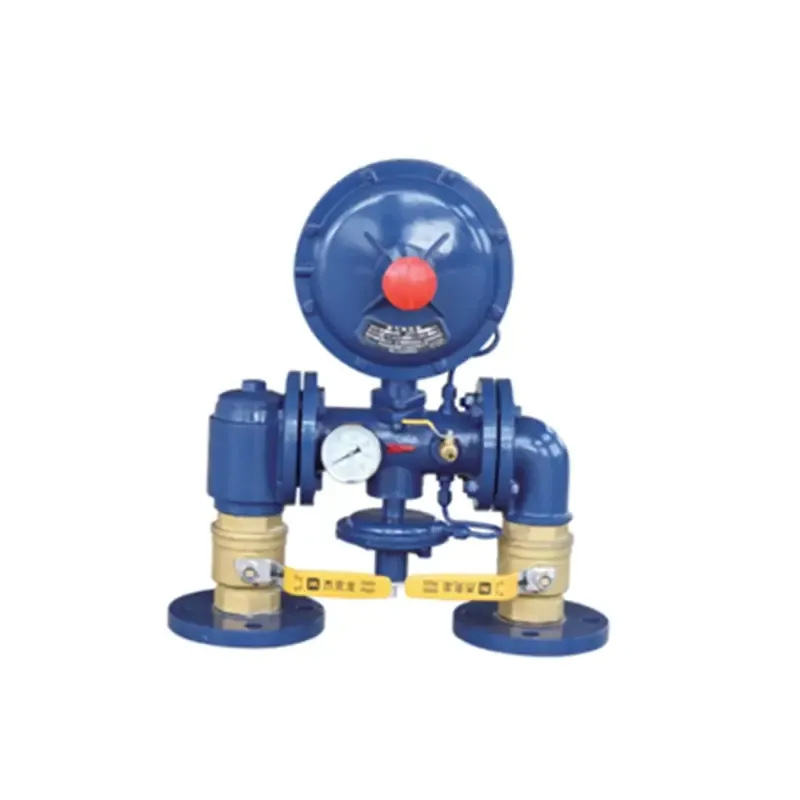
7 月 . 26, 2024 05:28
Back to list
Understanding the Importance and Functionality of Safety Relief Valves in Industrial Applications
Understanding Safety Relief Valves Importance and Functionality
Safety relief valves (SRVs) are critical components in various industrial applications, designed to protect equipment and personnel from the dangers of overpressure. These valves play a vital role in ensuring the safety and efficiency of systems across numerous sectors, including oil and gas, chemical processing, and the manufacturing industry. In this article, we will delve into the importance, functionality, and maintenance of safety relief valves.
What are Safety Relief Valves?
Safety relief valves are automatic devices set to open at a predetermined pressure to relieve excess pressure from a system. The primary function of an SRV is to protect the equipment from the consequences of overpressure conditions that can occur during normal operation or due to unforeseen failures. These valves can be found in pressure vessels, boilers, and piping systems, where they serve to prevent catastrophic failures that could result in explosions or leaks.
How Do They Work?
The operation of safety relief valves is based on the principle of pressure differential. Each SRV is equipped with a spring-loaded mechanism that holds the valve closed at normal operating pressure. When the pressure inside the system exceeds the valve’s set point, the force exerted on the valve’s disc overcomes the spring tension, causing it to open. This allows the excess pressure to escape safely and returns the system to a stable operating condition. Once the pressure drops below the set point, the valve will automatically close, thus sealing the system.
There are two main types of SRVs safety valves and relief valves. Safety valves are typically used for gas applications, while relief valves are intended for liquid systems. Both types must be carefully selected based on the specific requirements and parameters of the application.
Importance of Safety Relief Valves
safety relief valve

The importance of safety relief valves cannot be overstated. They are essential for maintaining the integrity of processes and ensuring the safety of personnel. Without SRVs, equipment would be at risk of severe damage, which could result in costly repairs, downtime, and potential hazards to human life. Not only do safety relief valves mitigate risks associated with overpressure, but they also contribute to environmental protection by preventing leaks of hazardous substances.
Additionally, regular maintenance and testing of safety relief valves are crucial components of an effective safety management program. Industry standards and regulations often mandate the periodic inspection and testing of SRVs to ensure their proper functionality. This proactive approach helps to identify any issues before they result in failure, thus protecting both equipment and personnel.
Maintenance and Compliance
To maintain the effectiveness of safety relief valves, operators must adhere to manufacturer guidelines and industry standards. Regular inspections involve checking for signs of wear, corrosion, and proper seating of the valve. It is also important to test the valve periodically to ensure that it opens at the correct set pressure. Any valve that fails to open or does not close properly should be replaced or repaired immediately.
Compliance with safety regulations, such as those outlined by the American Society of Mechanical Engineers (ASME) or the Occupational Safety and Health Administration (OSHA), is essential for ensuring that SRVs function correctly. Failure to comply with these standards can result in severe penalties and contribute to dangerous working conditions.
Conclusion
In summary, safety relief valves serve as a critical line of defense against the dangers of overpressure in industrial systems. Their ability to automatically relieve excess pressure protects both equipment and personnel, making them indispensable in maintaining safety and operational efficiency. Regular maintenance and adherence to industry standards are vital to ensuring these valves perform their function effectively. Ultimately, investing in safety relief valves and their upkeep is an investment in the safety and reliability of industrial operations.
Latest news
-
Unlocking The Quality Gas Pressure ReducersNewsNov.01,2024
-
The Role of Gas Pressure Reducing StationsNewsNov.01,2024
-
The Importance and Functionality of Safety Relief ValvesNewsNov.01,2024
-
The Essential Role of Safety Valves in Natural Gas ApplicationsNewsNov.01,2024
-
The Essential Role of Gas Pressure RegulatorsNewsNov.01,2024
-
Enhance Your Premium Gas FiltersNewsNov.01,2024

